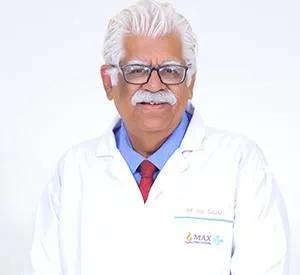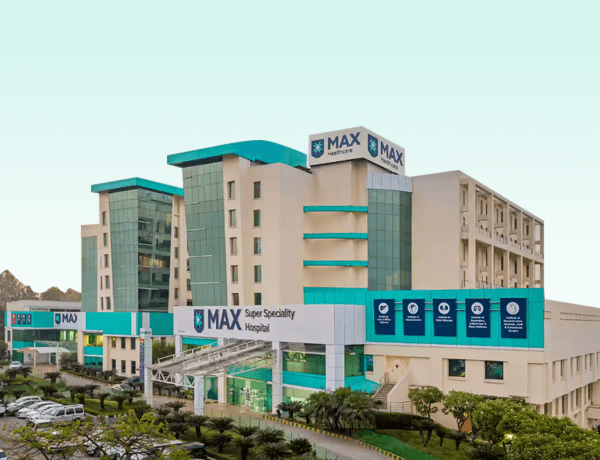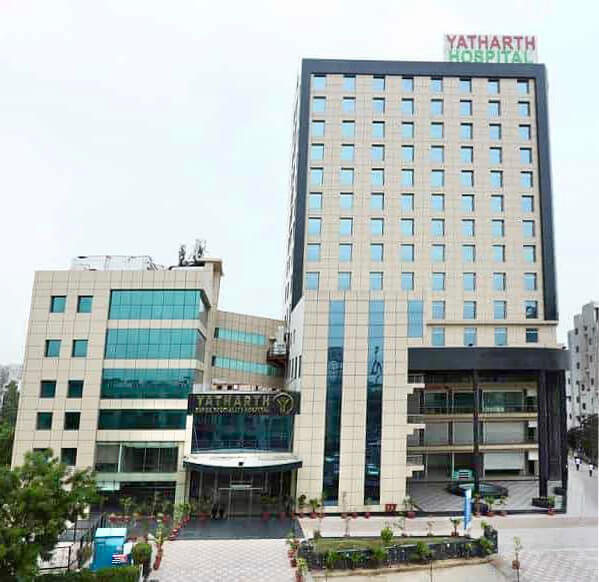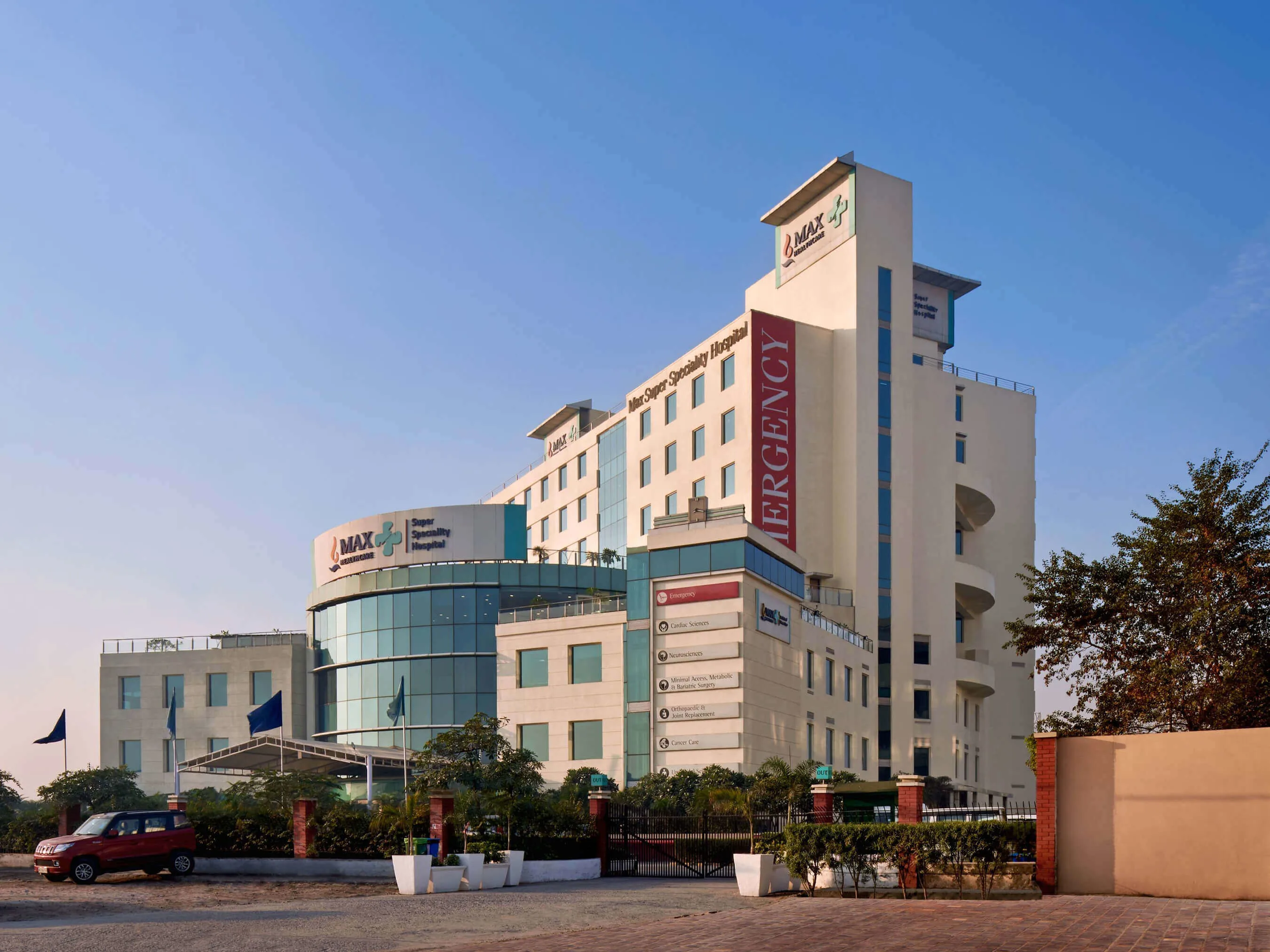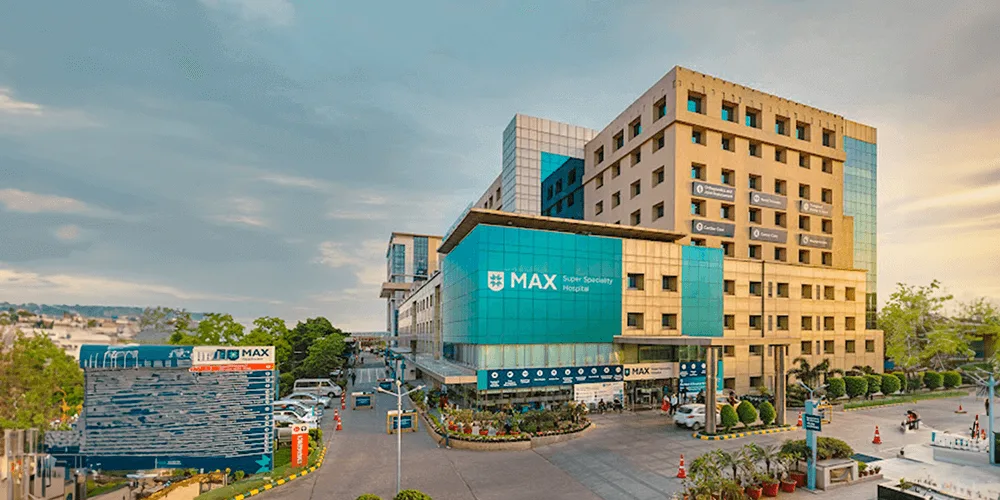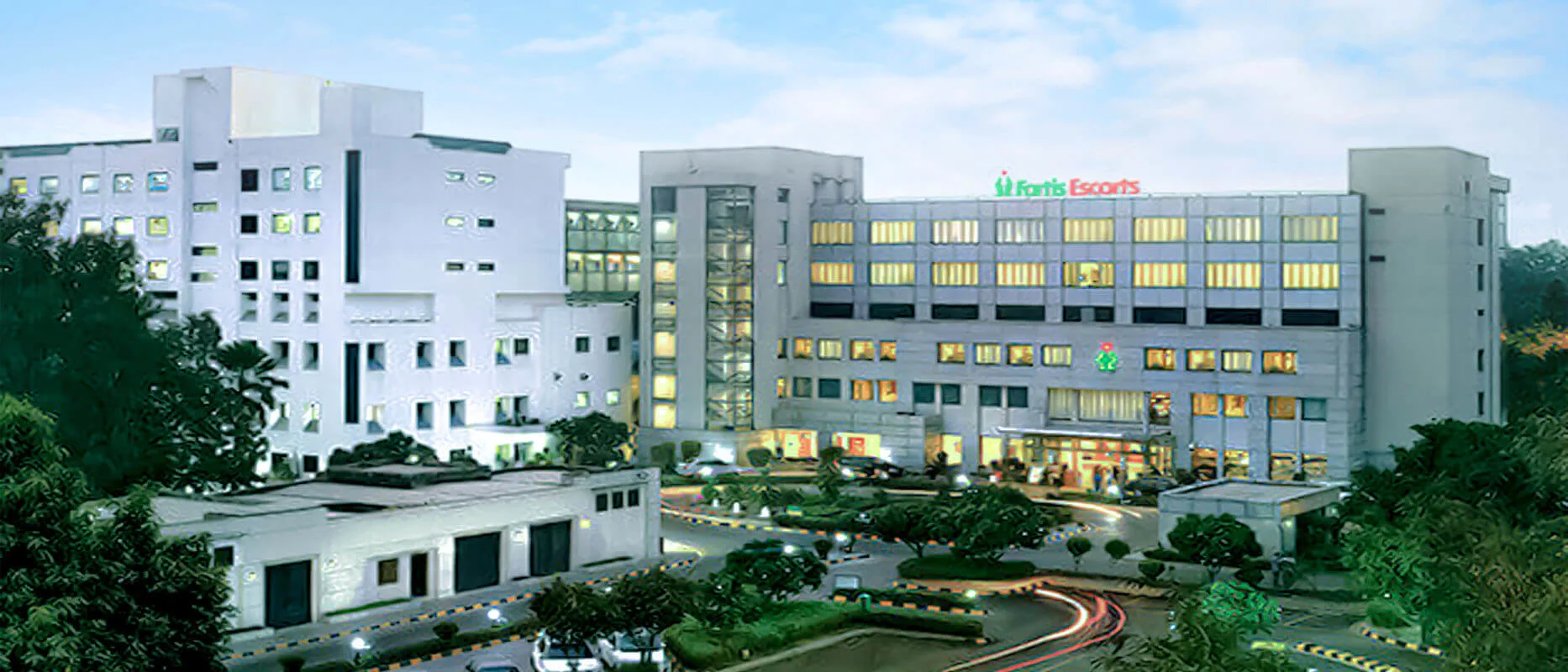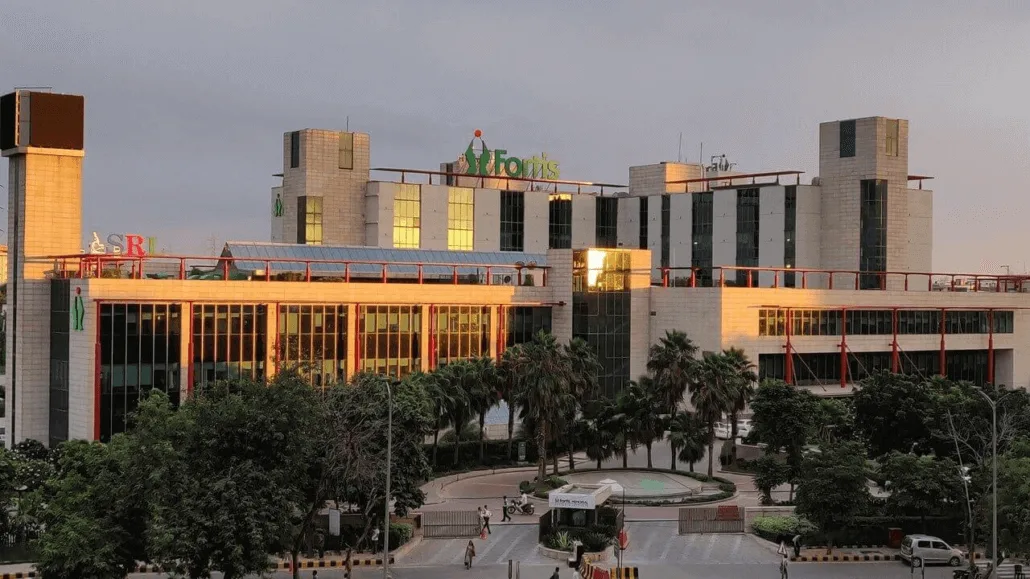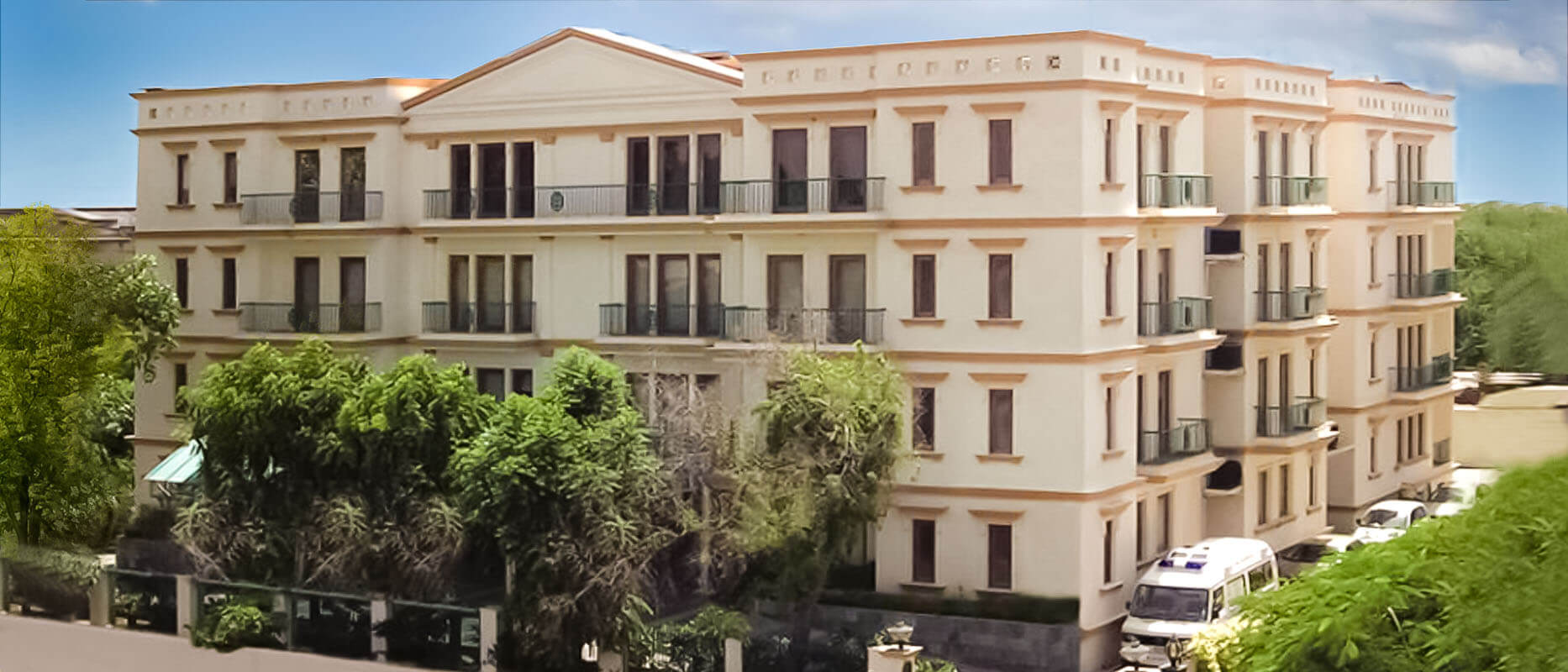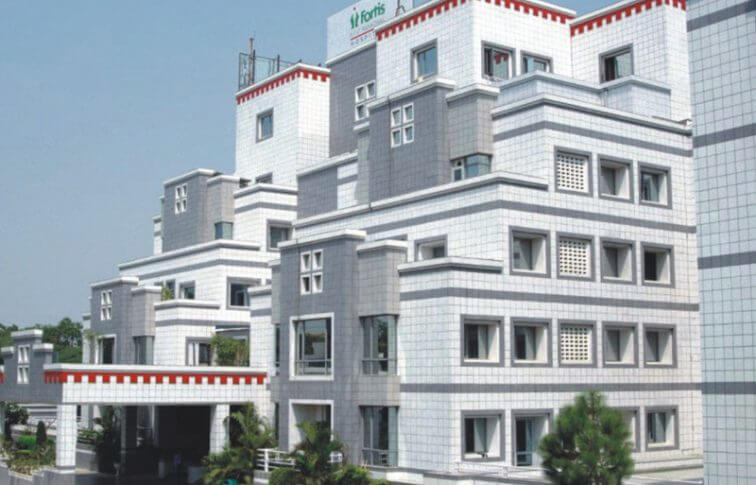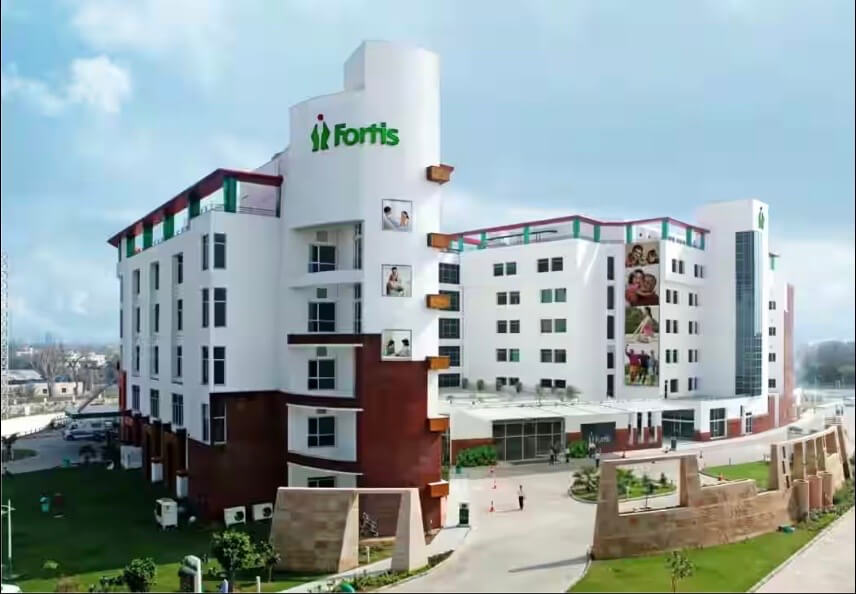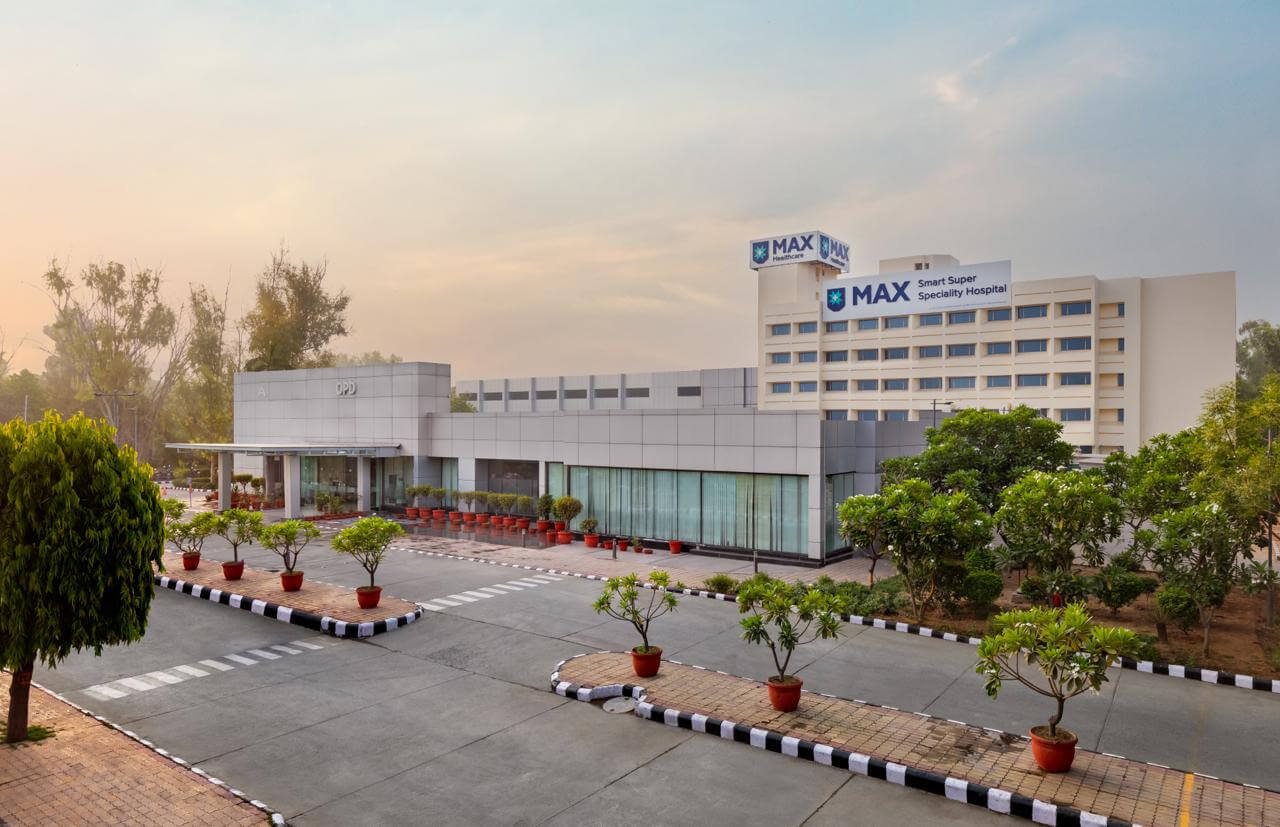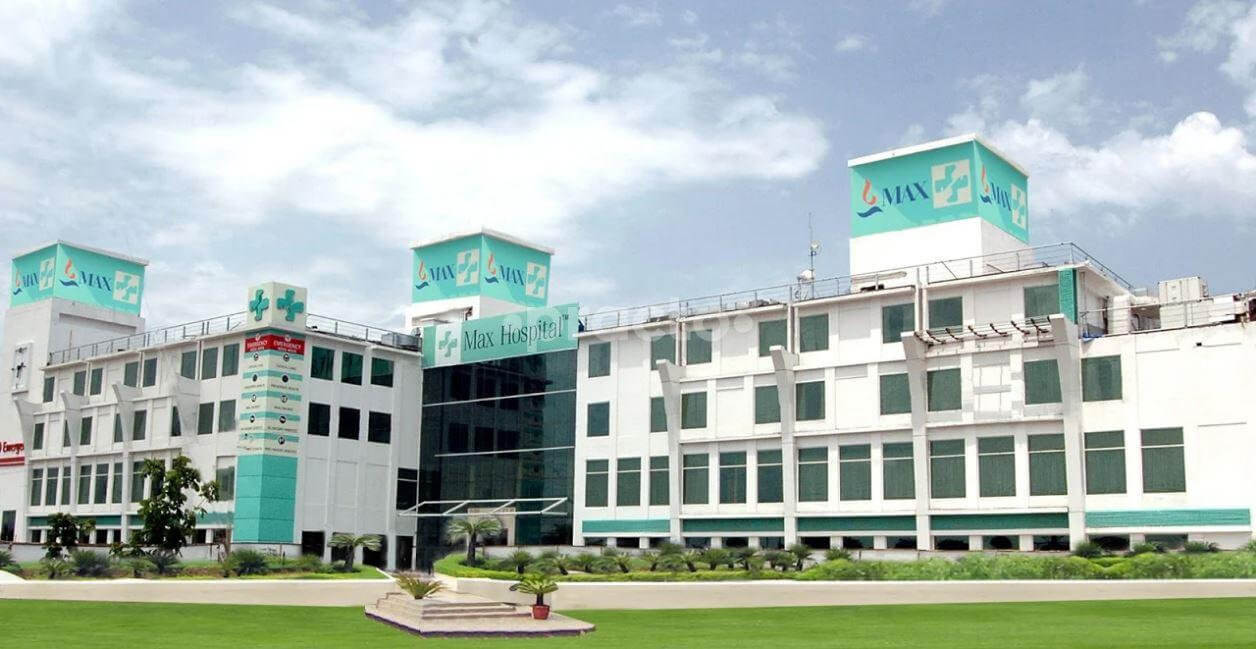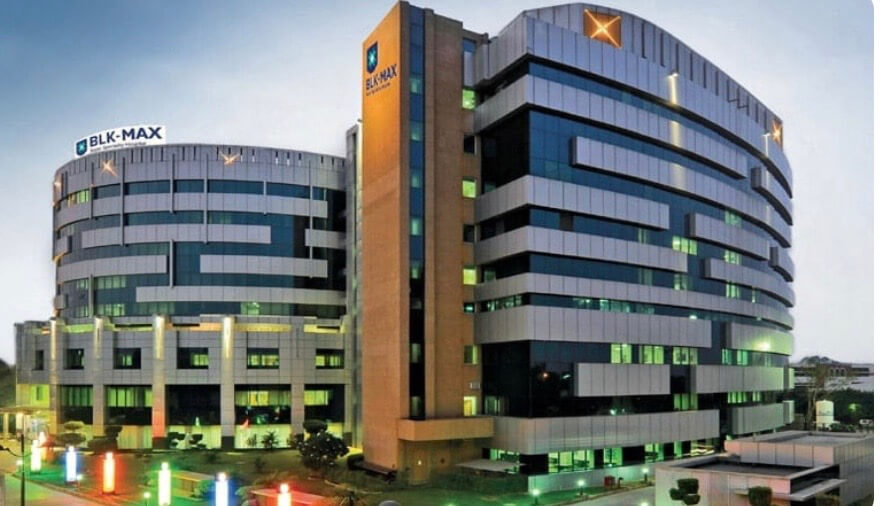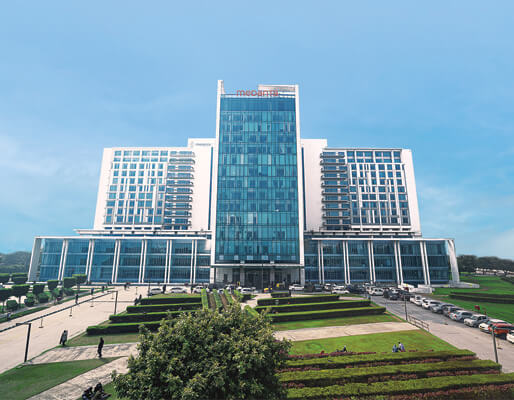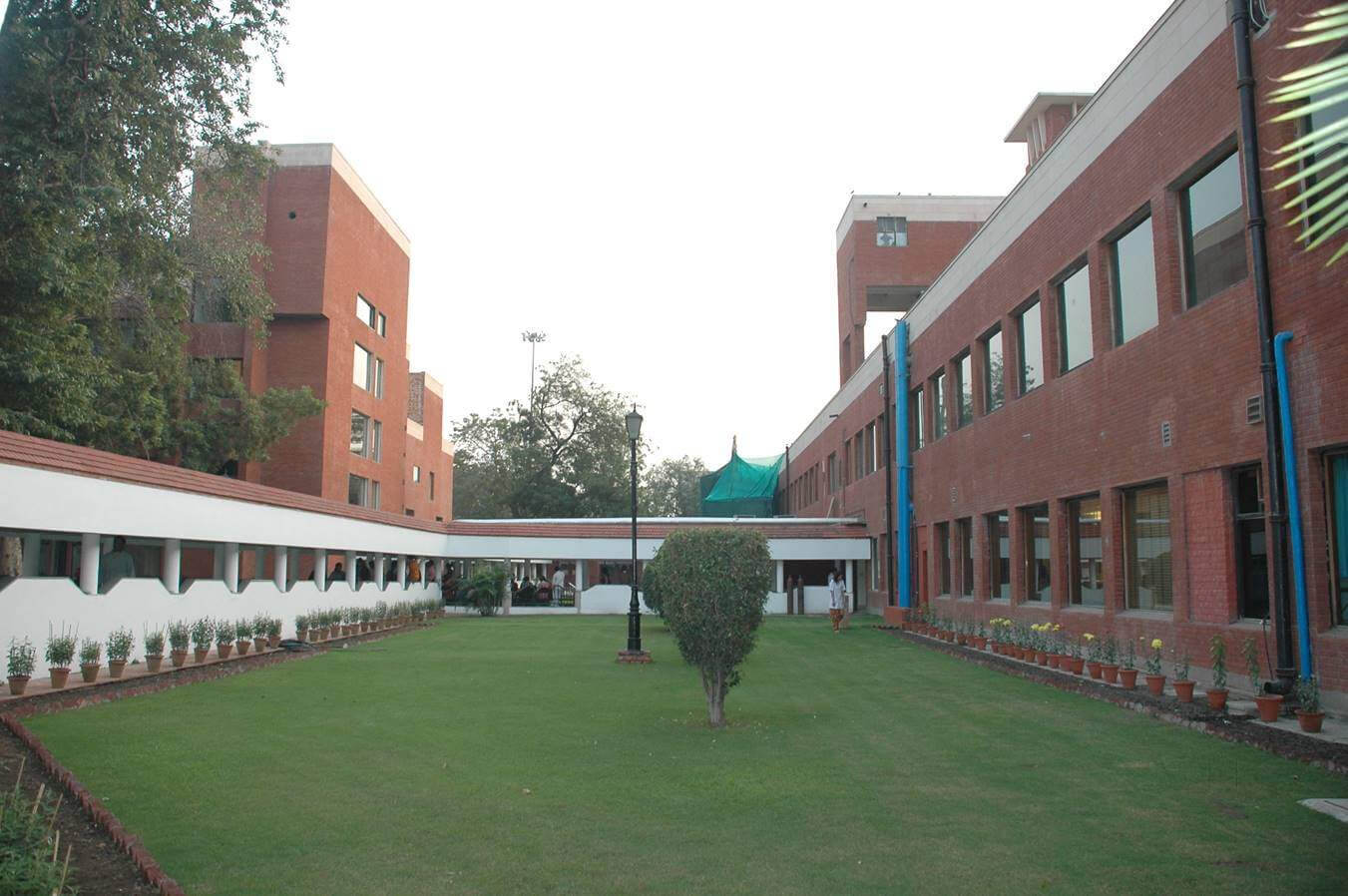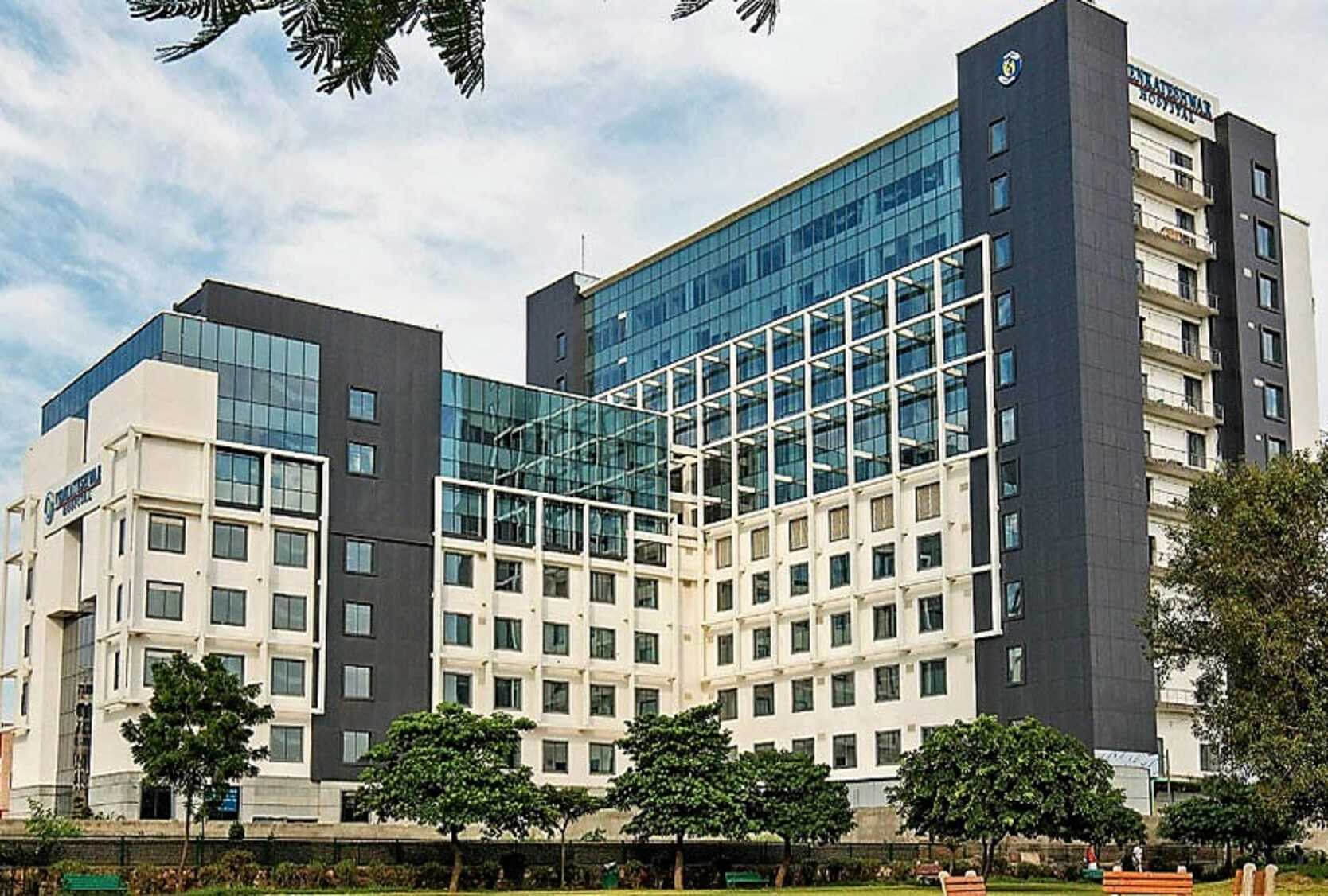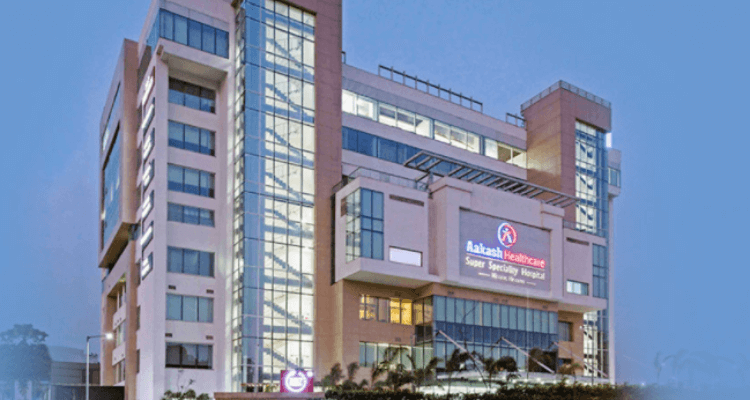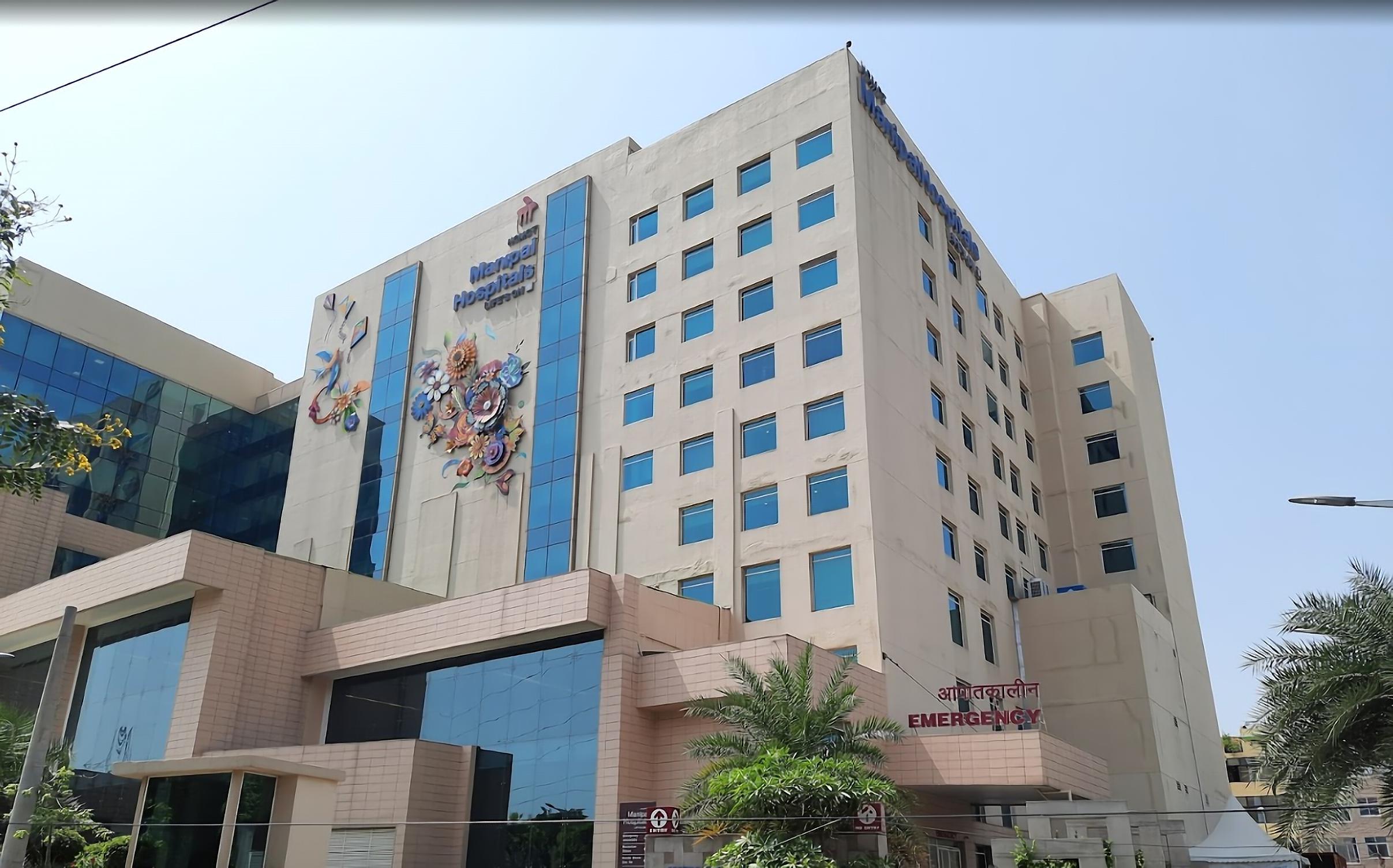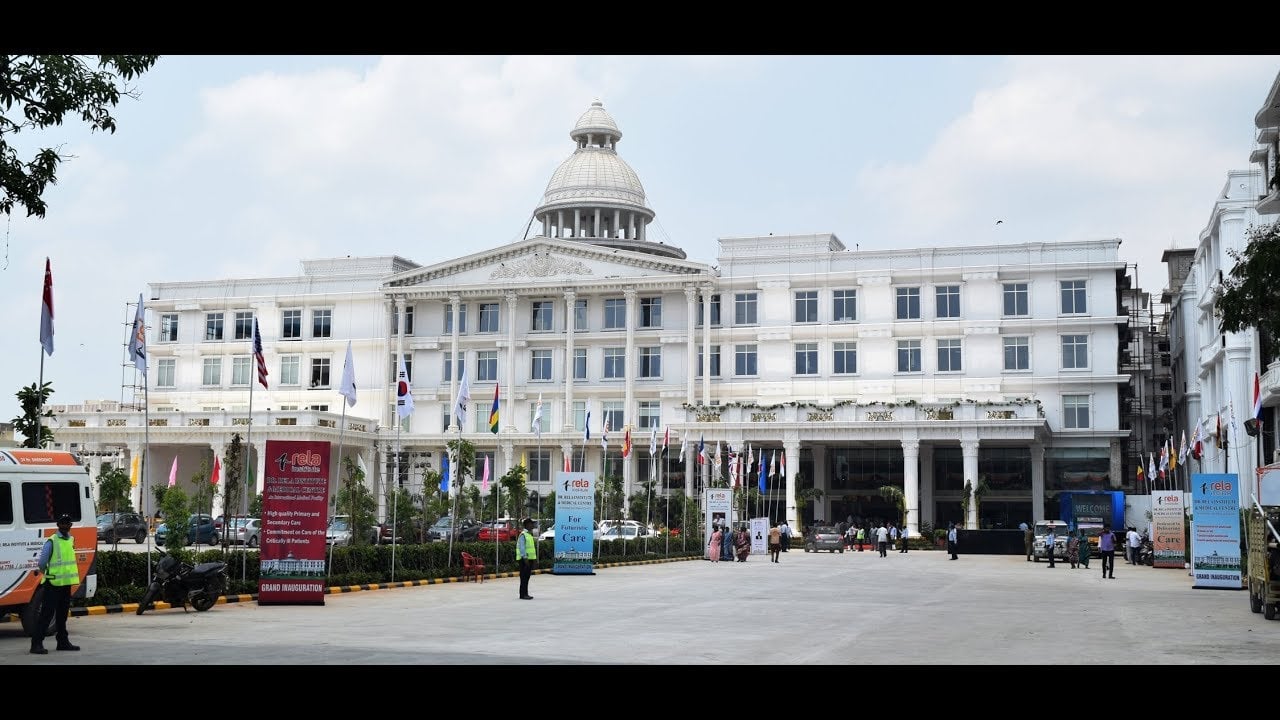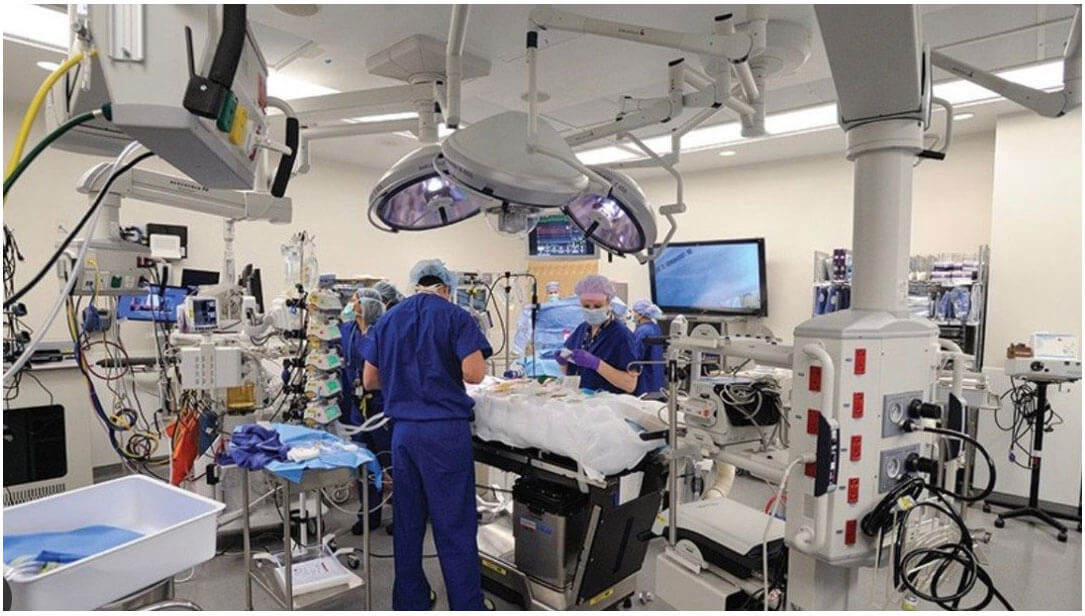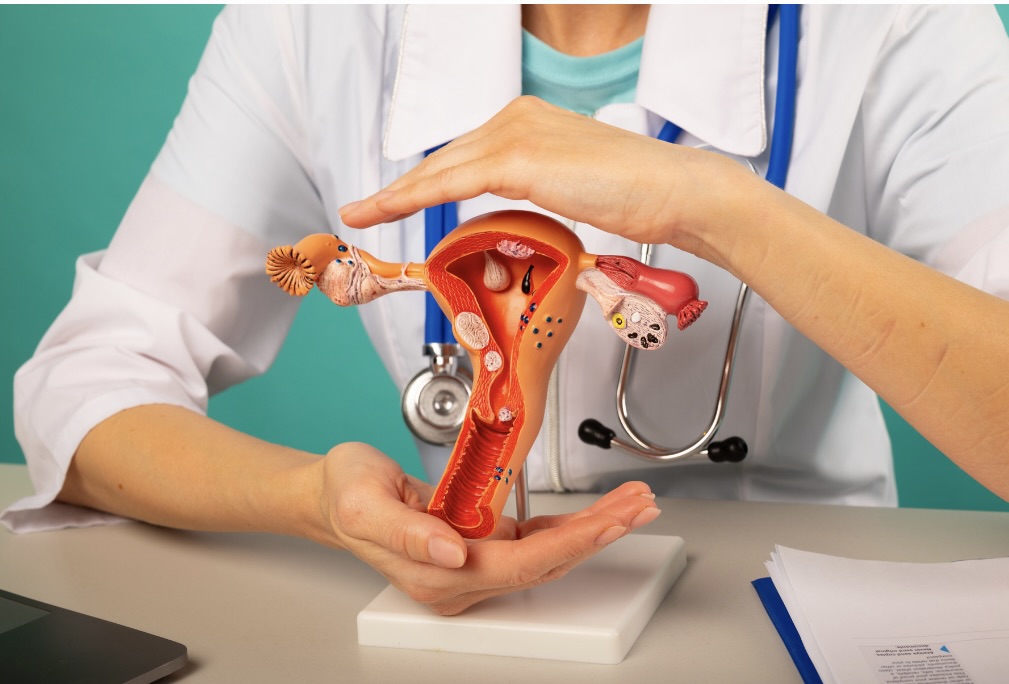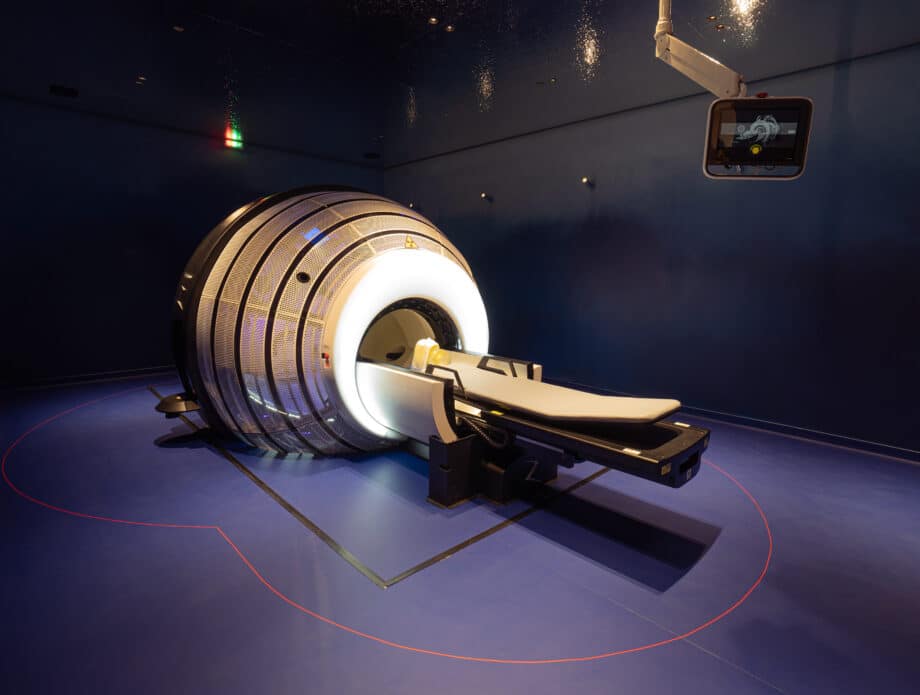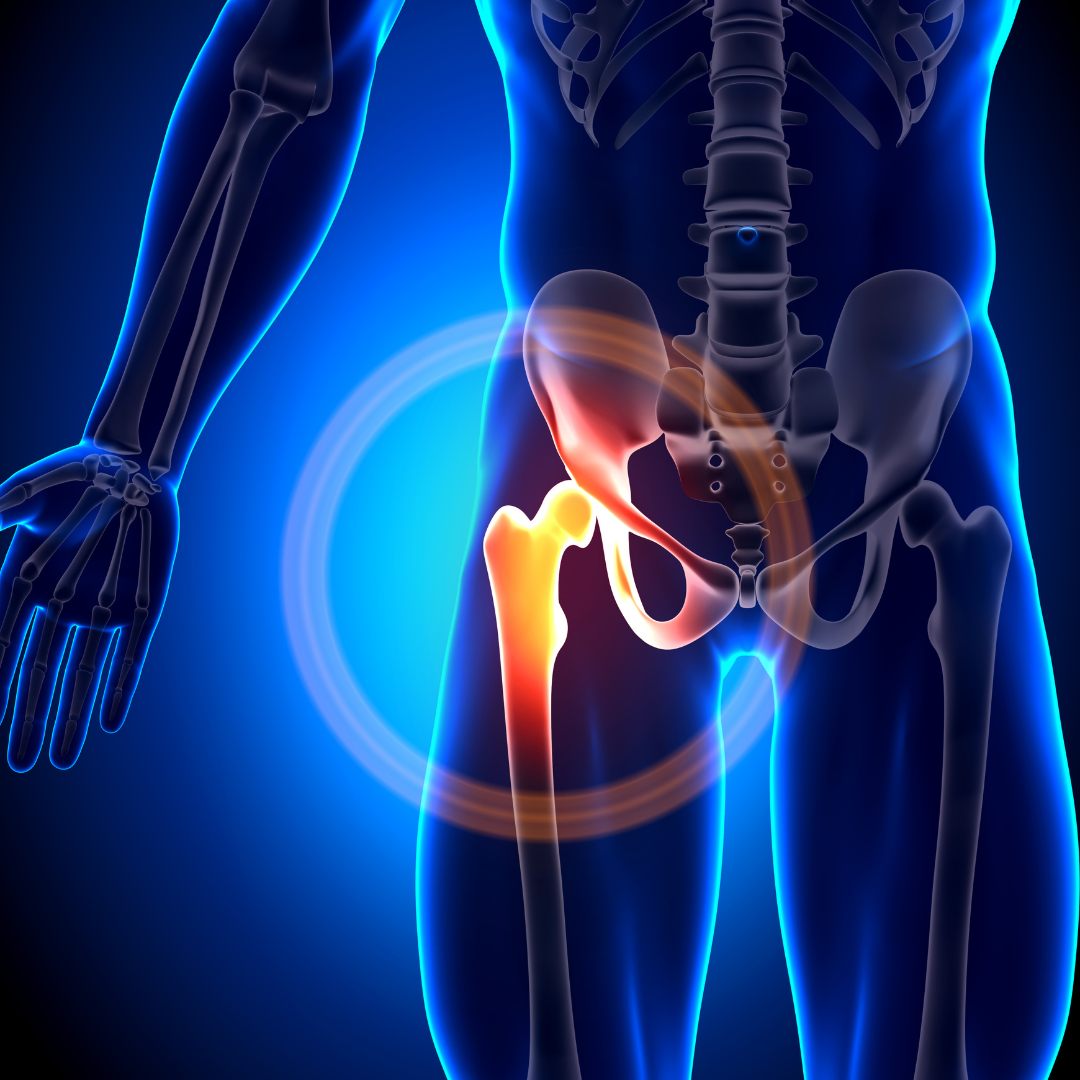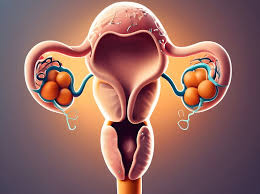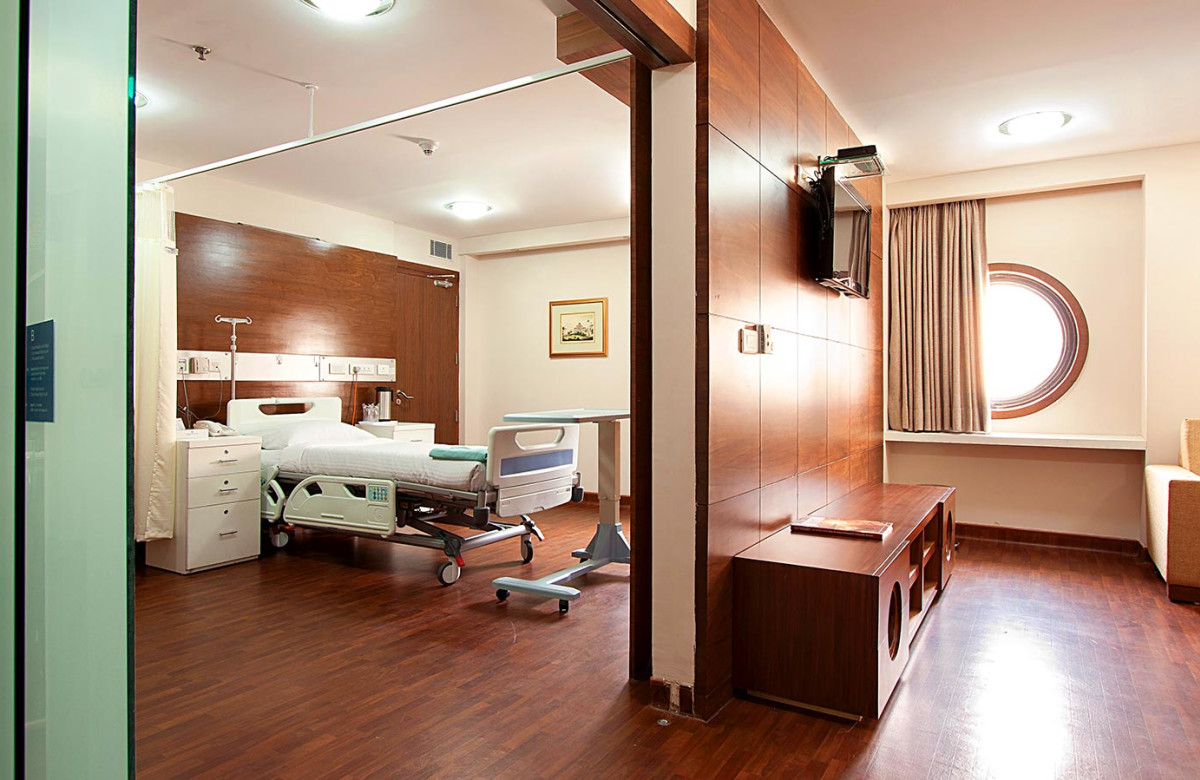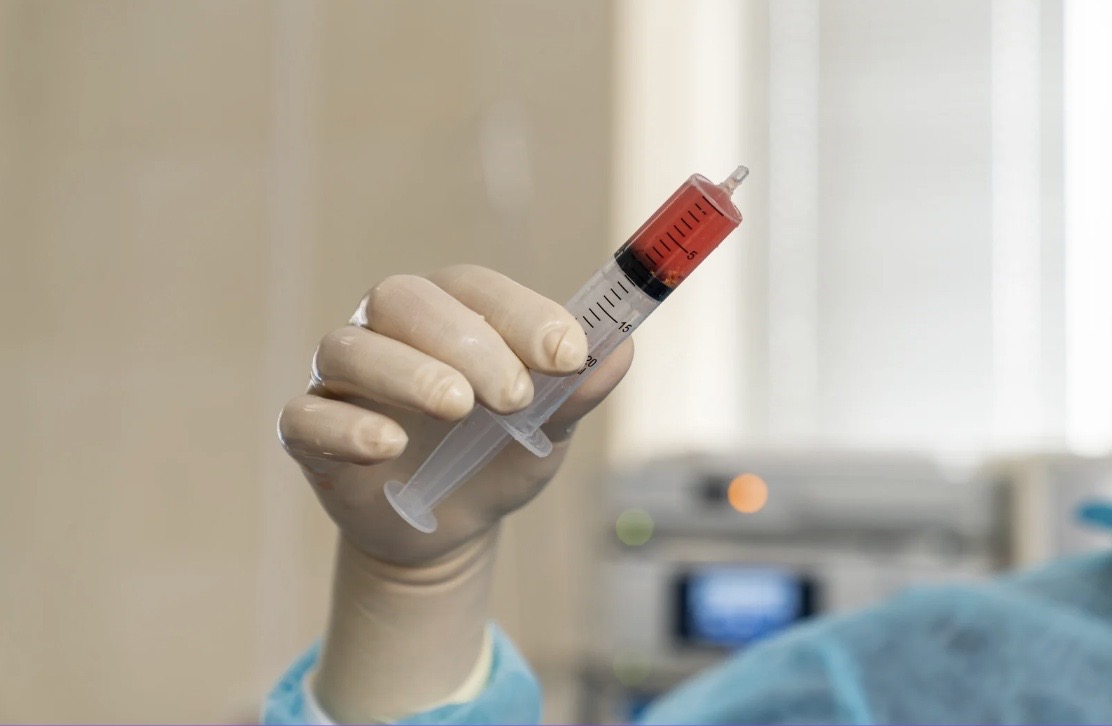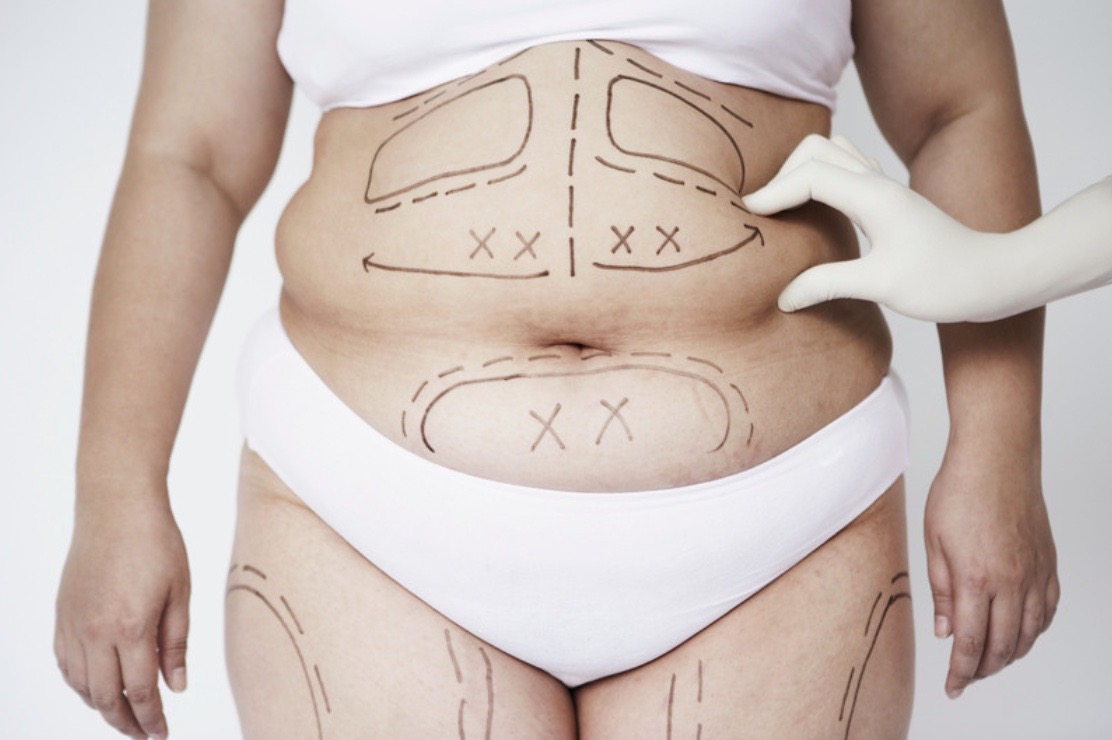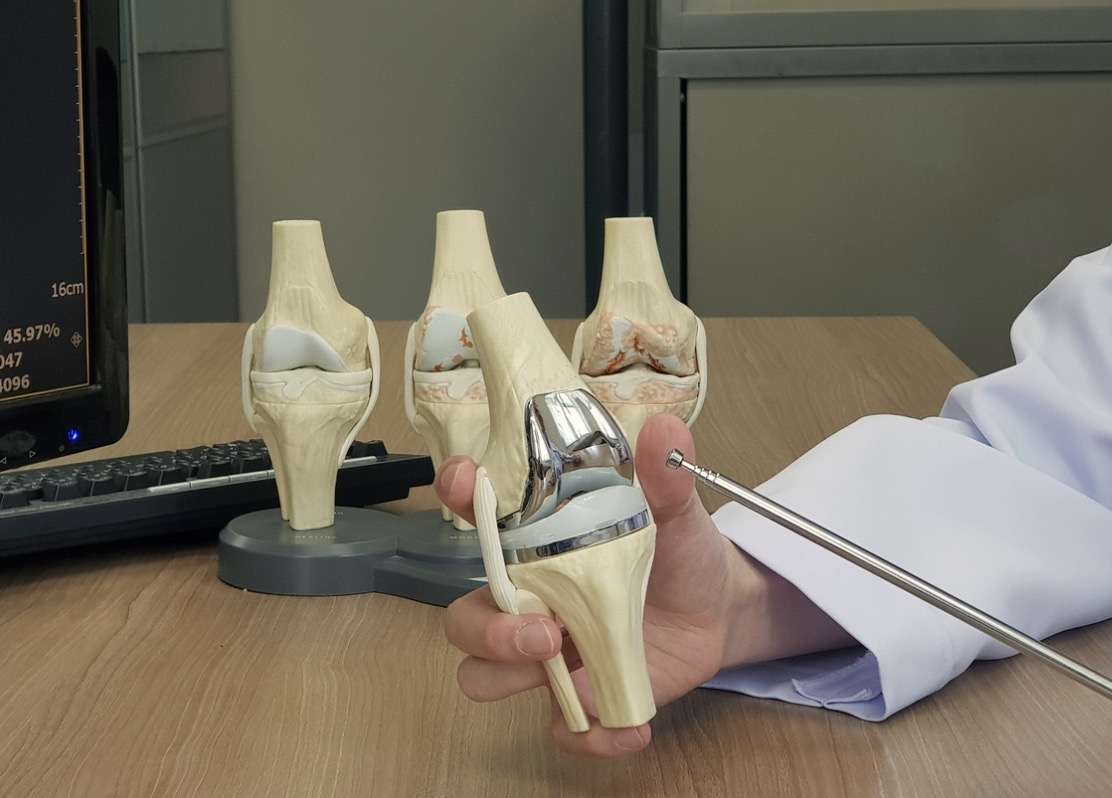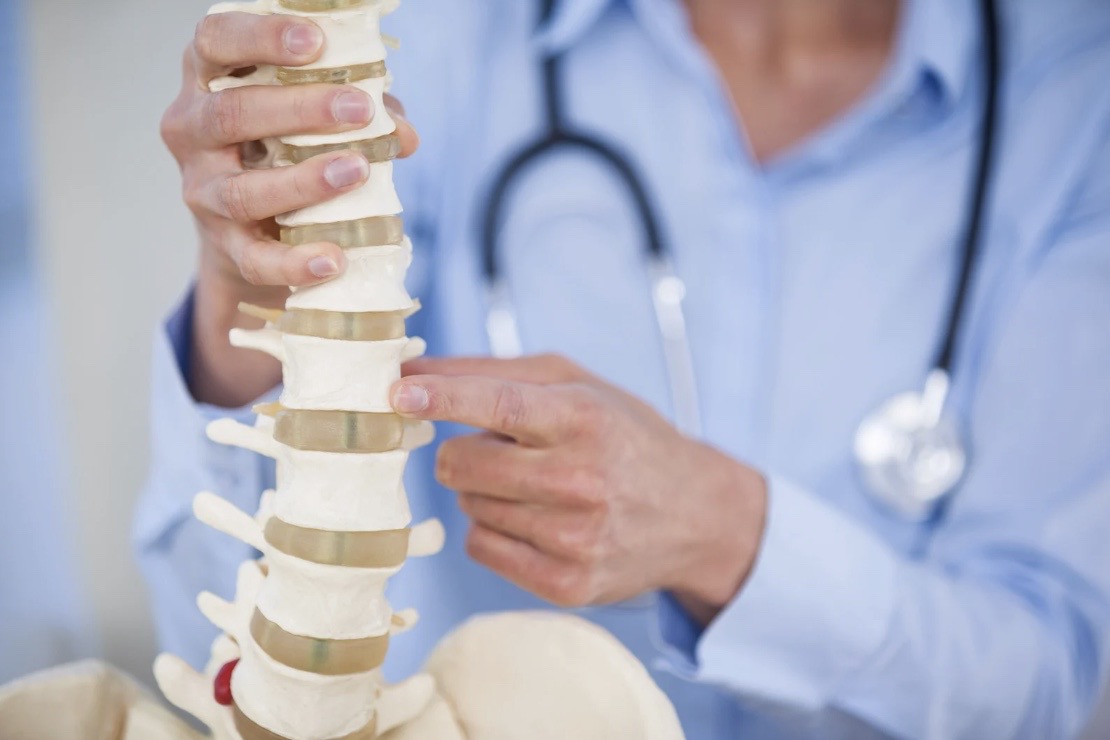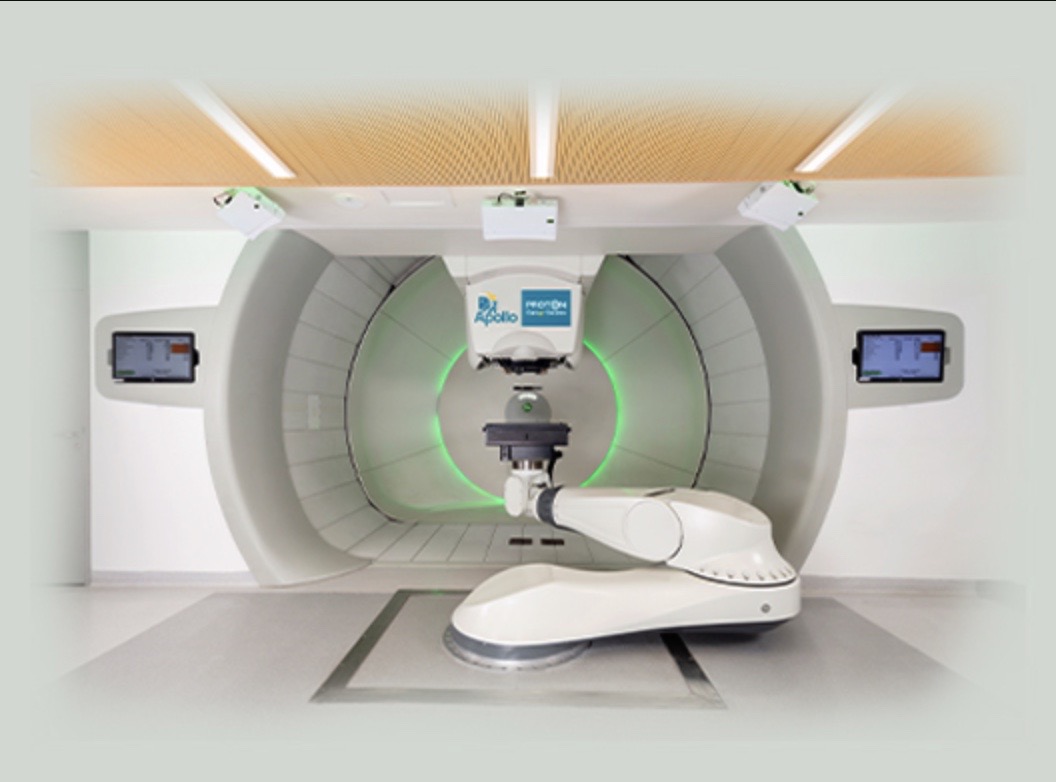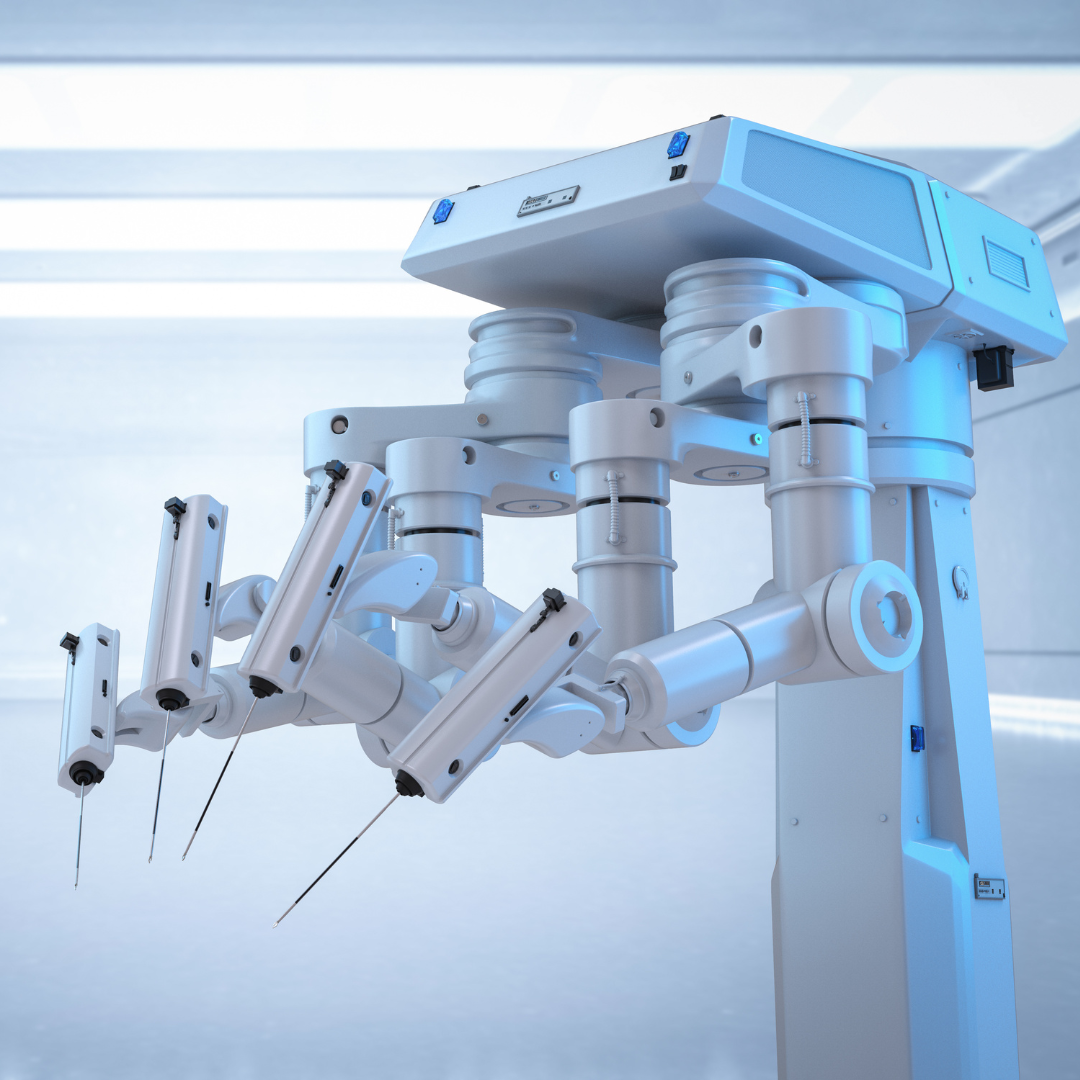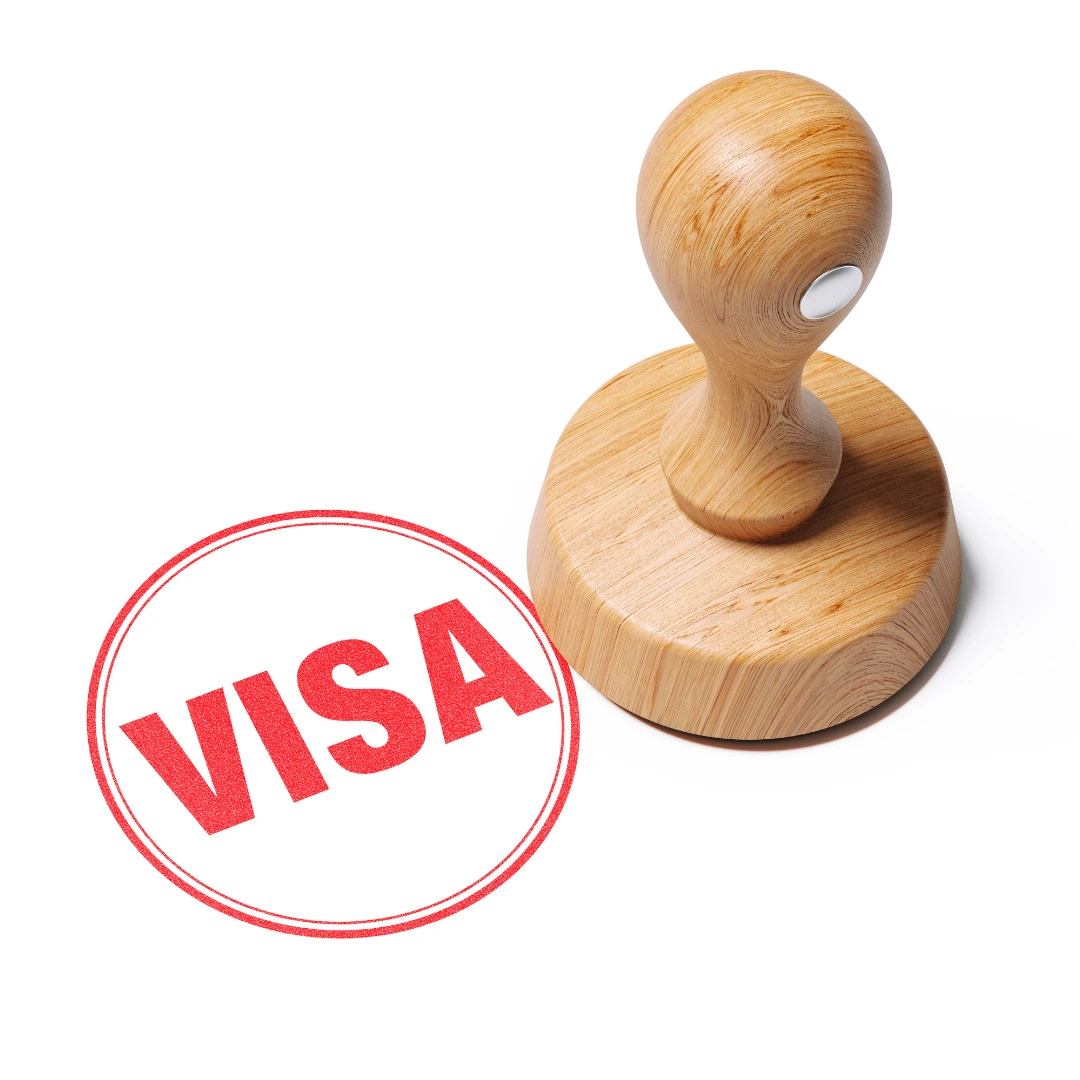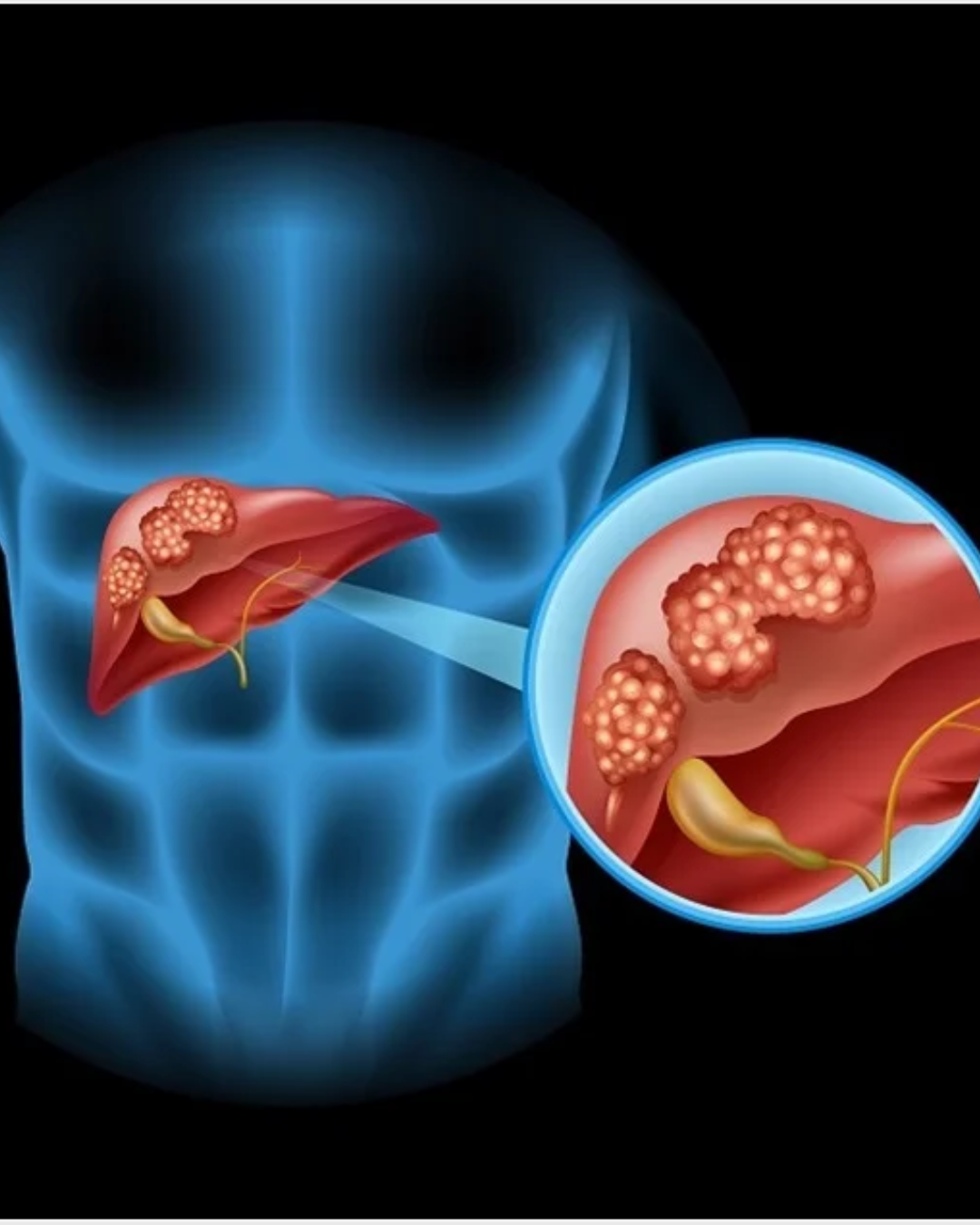Introduction
Upper back pain refers to discomfort or pain in the region of the upper spine, typically between the neck and the lower ribs. It is a common condition that can affect individuals of all ages, often resulting from poor posture, muscle strain, or injury. In some cases, upper back pain can be due to underlying medical conditions such as herniated discs, osteoarthritis, or scoliosis. While occasional upper back pain can be temporary, chronic pain may affect daily activities and quality of life. Treatment options for upper back pain vary depending on the cause and severity and may include physical therapy, medication, lifestyle changes, and in some cases, surgical intervention. Proper posture, regular exercise, and ergonomic adjustments can help in the prevention of upper back pain.
Cost Comparison
The cost of upper back pain treatment varies widely anywhere in the world, depending on the hospital, the stage of cancer, the type of treatment, the number of therapy sessions required, the patient’s overall health condition, post-operative complications and care, etc. The average cost of upper back pain in India is USD $2000.
But be assured as the cost of Upper Back Pain in India is just a fraction of developed nations.
- Avg Cost of treatment - $2000
- Maximum cost of treatment - $11000
Medotil's Pledge: No Hidden Costs, Only Fair Prices!
Treatment costs may vary depending upon several conditions so to get a detailed treatment plan contact us below.
Contact UsFactors affecting Cost of treatment
-
Severity of the Condition: Mild cases may require non-invasive treatments such as physical therapy, while severe cases could necessitate advanced treatments like surgery, which significantly increases costs.
-
Type of Treatment: The choice of treatment plays a key role. Non-invasive treatments (e.g., physical therapy, medication, and injections) are generally more affordable than surgical procedures (e.g., spinal fusion or discectomy).
-
Hospital or Clinic: The location and reputation of the hospital or clinic can affect costs. Leading private hospitals with advanced facilities, like Fortis, Max Healthcare, or Artemis, tend to charge higher fees.
-
Doctor's Expertise: The specialization and experience of the treating physician or surgeon can impact the cost. Highly experienced professionals may charge more for their services.
-
Duration of Treatment: A longer treatment course, especially with physical therapy or rehabilitation, will result in higher overall costs.
-
Diagnostic Tests: Additional diagnostic procedures such as MRI scans, CT scans, or X-rays may add to the total cost.
-
Patient's Age & Health Condition: A patient’s overall health and comorbid conditions may impact the treatment approach and its costs.
- Insurance Coverage: If the patient has health insurance, it may reduce the out-of-pocket expenses for treatment.
Treatment Options
1. Conservative Treatments (Non-Surgical)
-
Physical Therapy: Involves exercises to strengthen the muscles supporting the spine, improve posture, and reduce pain.
-
Medication:
-
Pain relievers: Over-the-counter (OTC) medications like ibuprofen or acetaminophen help alleviate pain.
-
Muscle relaxants: For muscle spasms.
-
Topical pain creams: Applied to the skin for local relief.
-
Heat or Ice Therapy: Applying heat or cold to the affected area can reduce inflammation and provide pain relief.
-
Massage Therapy: Therapeutic massage can help relax tight muscles and improve blood circulation.
-
Postural Modifications: Learning to maintain proper posture while sitting or standing to reduce strain on the upper back.
-
Chiropractic Care: Spinal adjustments and manipulation to align the spine and relieve pain.
2. Invasive Treatments
-
Injections:
-
Steroid Injections: Corticosteroid injections into the affected area can reduce inflammation and provide relief.
-
Facet Joint Injections: For pain caused by inflammation in the joints of the spine.
-
Epidural Steroid Injections: A more advanced option, used when pain extends to the arms or legs.
3. Surgical Treatment
-
Discectomy: Removing a damaged disc if it’s pressing on a nerve, causing pain.
-
Spinal Fusion: Fusing two or more vertebrae together to eliminate motion and relieve pain from disc degeneration or injury.
-
Laminectomy: Removing part of the vertebra to relieve pressure on the spinal cord or nerves.
-
Artificial Disc Replacement: Replacing a damaged disc with a prosthetic one, usually performed in cases of severe disc degeneration.
4. Alternative Treatments
-
Acupuncture: Involves inserting thin needles at specific points in the body to reduce pain and inflammation.
-
Yoga and Stretching Exercises: Helps to strengthen back muscles, improve flexibility, and alleviate stress on the spine.
5. Lifestyle Modifications
-
Weight Management: Maintaining a healthy weight to reduce pressure on the spine.
-
Regular Exercise: Incorporating low-impact aerobic exercises like swimming or walking to improve overall spine health.
-
Ergonomic Adjustments: Changing workstations and furniture to support proper posture during prolonged sitting or standing.
Best Doctors
Medotil's Promise: No hidden charges
Rest assured, no additional cost will be incurred from our end because your health is priceless.
Request a Free Consultation Contact Us









